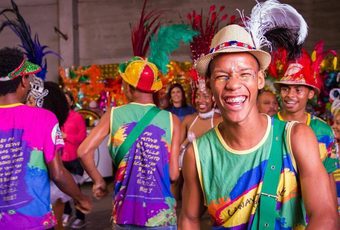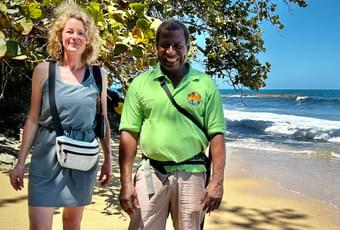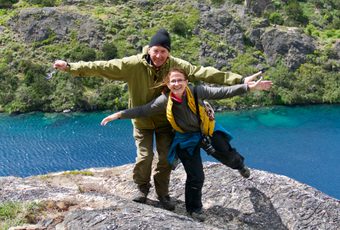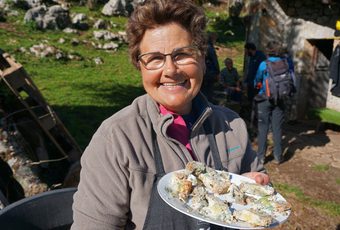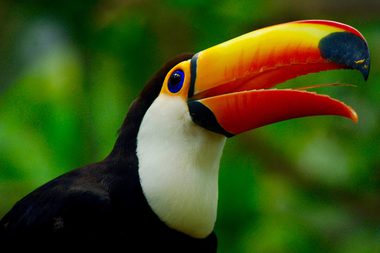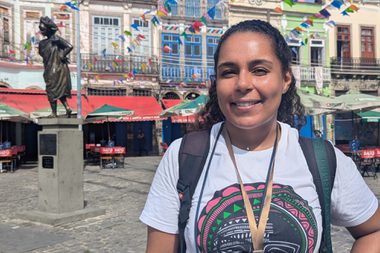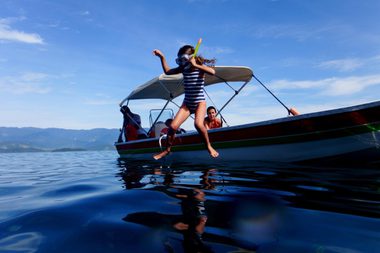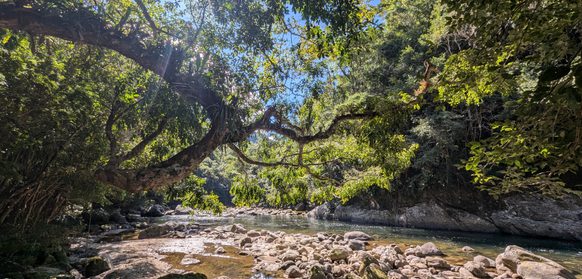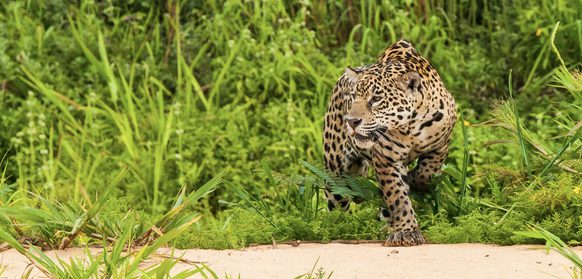Winter in Brazil: July & August
"I had this strange sensation whereby Brazilians were asking me about the searing heat of the British summer I'd left behind. Back home, Brits were hiding from the heat and panic-buying fans one day, sheltering from almighty storms the next. In Brazil, I was enjoying barefoot beach strolls and mountain hikes in comfortable 20°C weather, blue skies above, not a drop of rain. I'd accidentally escaped the heat of Britain by coming to cooler Brazil. And I'd tell anyone who'd listen to do the same..."
This quote comes from Chris, reflecting on his July journey through Rio de Janeiro state.
This flips conventional thinking on its head. You might think that the Brazilian summer is the place to escape the grey winters of the northern hemisphere. Not so. We already know why summer is not the time to be in Brazil. The thing to do is to come in the Brazilian winter...
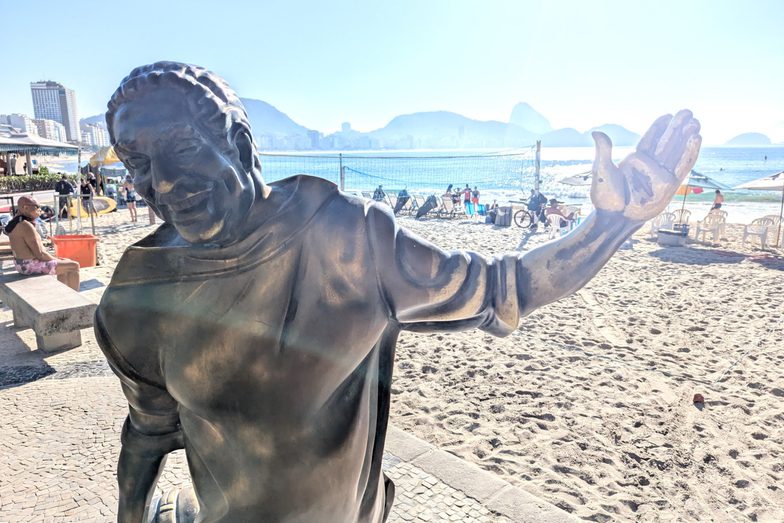
Temperatures are wonderfully pleasant - high teens to low twenties. It rarely rains much along the coast. Jaguars are becoming increasingly visible in the Pantanal. Low water levels open up jungle trails in the Amazon and Humpback whales start to arrive off the coast of Bahia.
All of Brazil is on the table: Ultimate Brazil: A Month of Wonders
And family fun is to be had around Rio: Brazil Family Adventure: Rio & Beyond
Rio de Janeiro
Winters in Rio are typically warm, dry and sunny. Brazilians will say it's chilly as they pull on a jacket, but then they've never had to shiver through January in the northern hemisphere.
The city feels calmer (particularly around the famous beaches), it's delightful weather to stroll barefoot along quiet beaches and the countryside is beautifully sunny. You can still swim in the sea, though rivers are 'Patagonia cold' at this time of the year and will wake you up better than a triple espresso would. Nights get chilly in the coastal mountains, but it's nothing a light fleece can't handle and it's actually a bit of a treat to get the fire going if an Alpine-style chalét. Winter also brings more birds to the state, including right into the heart of the city.
One thing to keep in mind is that the variation in the length of days is not particularly pronounced in Brazil. In high summer, the sun rises at approximately 05:30 and sets around 19:30, giving about 14 hours of daylight. By mid-winter, sunrise occurs around 06:30 and sunset near 17:30, still providing roughly 11 hours of daylight. So you're not sacrificing a lot of daylight at the time of the year either.
All of these photos were taken on our travels in July...

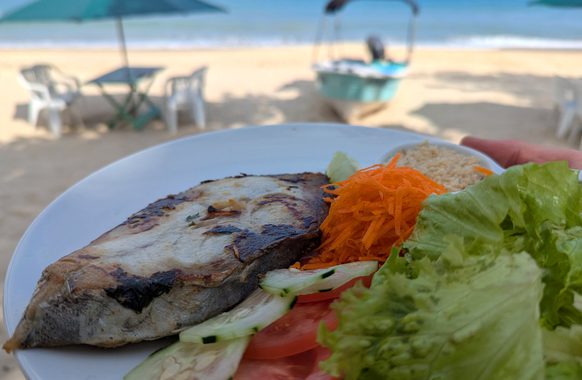
July is the time of Brazilian school holidays and so things get a little busier around Paraty in particular, but it's rarely a problem. August is the time for international summer holidays, but again you won't notice this away from the coast and it's really not a big issue, so don't sweat it too much.
Talking of families, Brazil is a wonderful destination for a tropical holiday with a difference. The heart of any family adventure in Brazil is to explore from Rio, along the Costa Verde (Green Coast) to the cobbled streets of Paraty. After that, an absolute treat awaits out in the bay...
Amazon Rainforest
Winter is not winter in the Amazon. It is still very hot, generally 27–30°C during the day, slightly cooler at night. We're really talking about the proper arrival of the dry season here, with minimal rain and lower humidity. Rivers and streams recede, revealing beaches, sandbanks and lush forest trails. Flooded areas are largely gone.
Animals concentrate around remaining water sources, making mammals and reptiles easier to observe. Aquatic species are visible along the river margins, and birdwatching is excellent.
Cooler early mornings and evenings are the best times for walking.
The Pantanal
There are two reasons why winter is a great time to come here...
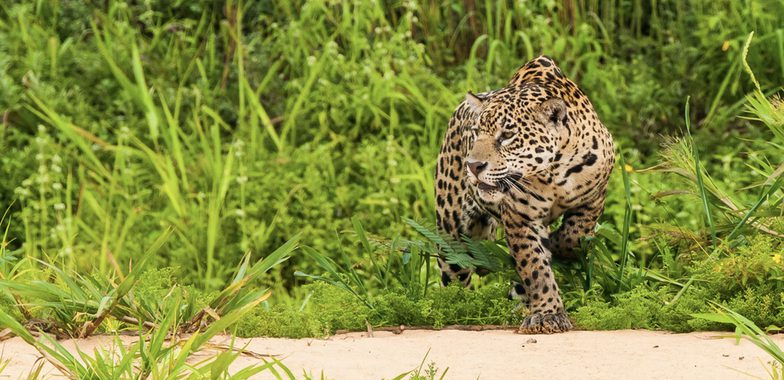
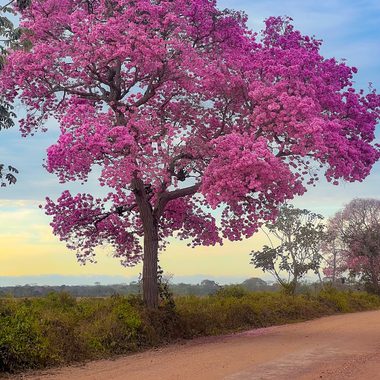
With water levels much lower, jaguars are more commonly seen along the river banks, making July and August a great time for safari excursions and boat rides.
This is also the season when the Ipê trees blossom in spectacular displays of pink and yellow. The lack of foliage makes the blooms highly visible across the Pantanal plains.
Those two things alone should suffice. But many species, including jabirus, herons, and kingfishers, are also highly visible along shrinking lakes and rivers. Most rivers and ponds have receded, leaving concentrated waterholes around which wildlife gather.
Temperatures are warm by day (25–30°C) and cooler at night (15–20°C), with low rainfall and humidity making travel comfortable. Dirt roads are dry, trails are navigable, and boat excursions are limited to permanent waterways, making safaris easier.
Salvador & Bahia
With low rainfall along the coast, a combination of city and beach is very much on the cards in Bahia. Better still, July marks the arrival of Humpback whales to the Atlantic coast off of Praia do Forte, just north of Salvador, and Ilheus to the south.
Iguazú Falls
A continuation from autumn (April to June) really. Now that we're in the dry season, water levels drop, but nowhere near enough to make this anything less than utterly spectacular. Drier days and slightly cooler temperatures make for more comfortable and fruitful wildlife walks in the forest, whilst visitor numbers remain a fair way below their peak in the summer. A lovely time to be here.
